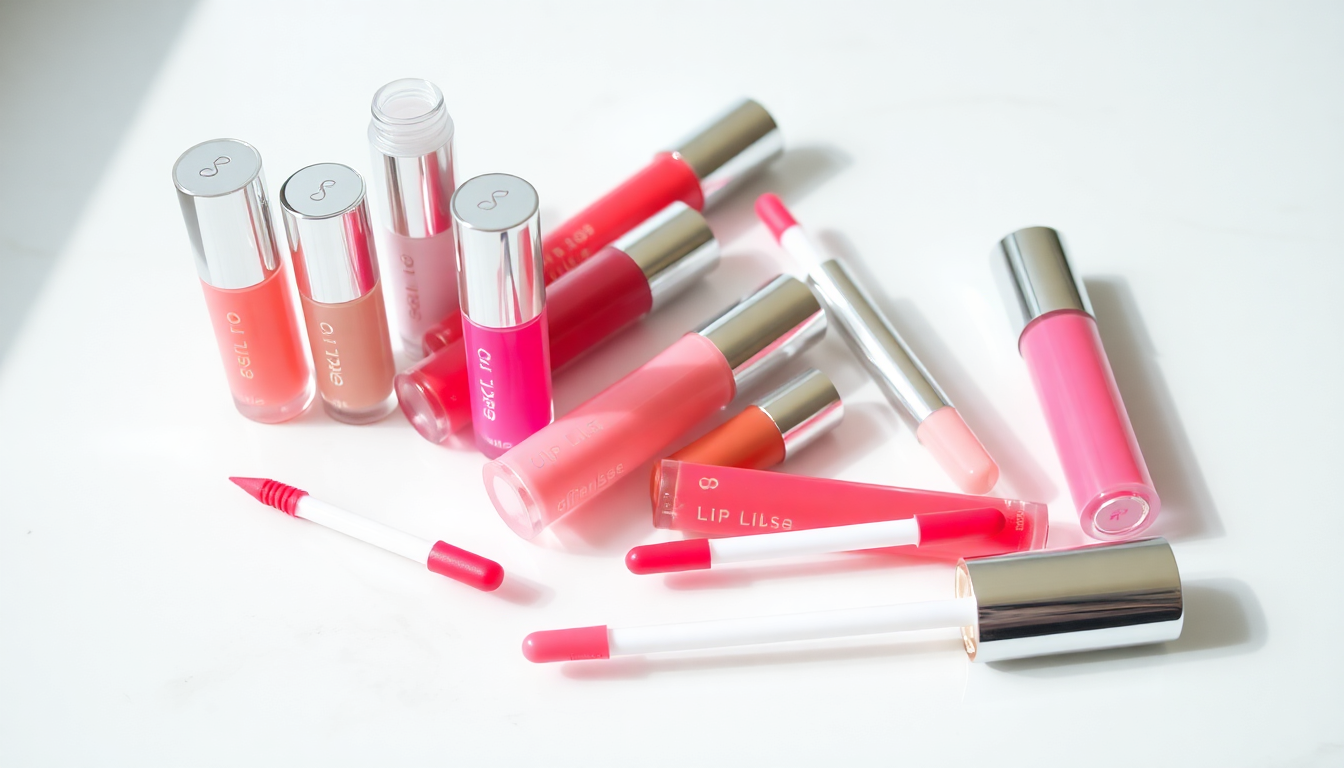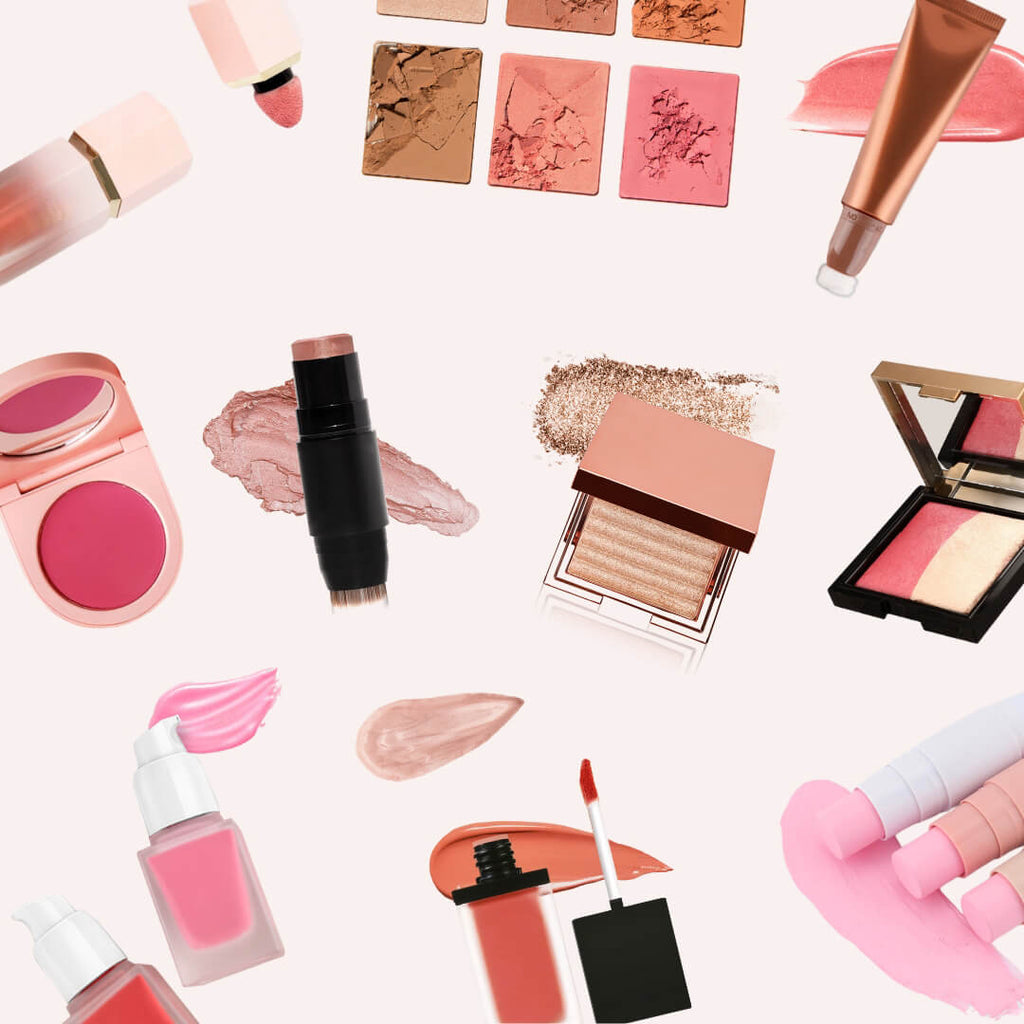
How to Launch Your Private Label Lip Gloss Successfully in 2025: Step-by-Step Manufacturing and Market Strategies
Ultimate Guide to Launching Your Private Label Lip Gloss Like a Pro in 2025
Why Lip Gloss Continues to Shine Bright in 2025 (+Trend Data)
In the competitive world of beauty, lip gloss remains one of the top-selling and most beloved products. As consumers seek products that enhance their natural beauty with ease, lip gloss offers a perfect combination of shine, hydration, and versatility. Recent data highlights the importance of this category:
- Glossy finishes grew 27% in Q1 2024 (Source: NPD Group).
- Consumers are increasingly favoring non-sticky, lightweight formulas that offer a plumping effect.
- The global lip gloss market is projected to reach USD 2.9 billion by 2026, growing at a CAGR of 4.8% (Source: Grand View Research).
Moreover, color trends are evolving, with a focus on shades that complement the season's fashion palettes. Popular shades include:
- Pearly nudes that add a subtle glow
- Bold, semi-transparent reds for instant confidence
- Vibrant berry tones for fall and winter
- Soft pinks trending in spring
Launching your private label lip gloss in this thriving market presents an exciting opportunity. Whether you're an aspiring founder with a tight budget or an experienced beauty entrepreneur, understanding the latest trends and manufacturing essentials will set your product apart.
Understanding the Market & Consumer Preferences in 2025
To succeed, you need to align your product with what consumers want. Key preferences include:
- Hydrating, non-sticky formulas: Consumers want glosses that stay comfortable all day without feeling greasy.
- Vegan & cruelty-free ingredients: Ethical products continue to gain popularity, with 65% of beauty buyers preferring brands that are cruelty-free (Source: Statista 2025).
- Sustainable packaging: Eco-friendly options, such as biodegradable tubes or sugarcane-based components, are becoming standard expectations.
- Versatility & shades: Multi-use shades that transition from day to night and suit diverse skin tones are in high demand.
By integrating these preferences into your private label lip gloss, you position your brand to attract dedicated, trend-conscious consumers.
Step 1: Developing a Formula That Wins in 2025
The core of a successful lip gloss is its formula. As a beginner, focus on creating a product that combines quality, safety, and scalability. Here's how:
Beginner-Friendly Formulation Tips
- Start with a transparent or lightly tinted base: Use jojoba, castor oil, or shea butter for hydration and smooth texture.
- Add shimmer or pigments: Incorporate cosmetic-grade mica or natural colorants for vibrant shades.
- Opt for non-sticky, lightweight ingredients: Use esters or silicone alternatives that diminish tackiness.
- Include natural preservatives: Vitamin E, rosemary extract, or grapefruit seed extract extend shelf life naturally.
Cost-Effective Ingredient Sourcing
- Buy raw ingredients in bulk for economies of scale.
- Use standard, proven formulations that require minimal testing.
- Partner with manufacturers experienced in vegan and cruelty-free cosmetics.
**Pro tip:** Never skip stability testing! It ensures your gloss maintains its texture, color, and safety over time — critical for both customer satisfaction and regulatory compliance.
Step 2: Packaging Strategies—From Budget to Premium
Packaging is your storefront on the shelves and digital platforms. It must be functional, attractive, and aligned with your brand identity.
Affordable Packaging Options
- Plastic squeeze tubes with doe-foot applicators: under $0.80/unit; great for startups.
- Clear or frosted tubes to showcase your product’s glossiness.
- Labels with bold branding, simple designs, and clear ingredient lists.
Premium & Sustainable Upgrades
- Glass jars or tubes with metal caps for a luxurious feel.
- Sugarcane or biodegradable plastics to appeal to eco-aware consumers.
- Custom molds for unique applicators, like cushion or paddle wands.
Remember, your packaging must protect the product, facilitate ease of use, and reflect your brand aesthetic. Always consider lead times and MOQs when choosing suppliers.
Step 3: Selecting & Designing Your Perfect Color Palette
The color palette defines your brand and attracts your target market. Think of it as building a capsule wardrobe—versatile, seasonally adaptable, and cohesive.
Current trending shades include:
- Pantone 14-1228 (Warm Sand) — perfect for a neutral, everyday gloss.
- Pantone 16-1546 (Living Coral) — vibrant and lively for energetic looks.
- Shimmery champagne for festive occasions.
- Deep berry for fall/winter collections.
- Soft pinks and peaches for spring/summer.
Choosing 5 core shades allows for a flexible, marketable collection. Use Pantone color guides to specify exact hues for consistency in production.
Step 4: Mastering Cost Management & Scaling Strategies
Budget control is critical, especially when launching a new product. Here’s how to keep costs manageable without sacrificing quality:
Cost Breakdown & Benchmarks
- Formulation: $1.00–$2.00 per unit at MOQ 500.
- Packaging: $0.50–$1.00 per unit for standard tubes.
- Labeling & Decoration: $0.20–$0.50 per unit.
- Shipping & Customs: Variable based on destination.
Hidden Cost Alerts
- Certifications: Organic, vegan, or cruelty-free labels may add costs.
- Testing fees: Stability, safety, and regulatory compliance.
- Packaging design and molds: One-time setup fees.
To stay profitable, consider bulk purchasing raw materials, negotiating better MOQs, and choosing suppliers with flexible order options.
Manufacturer Insights & How to Partner Effectively
Working with the right manufacturer eases your development process. Here's what to ask and look for:
- What certifications do you have? (Cruelty-free, vegan, ISO)
- What are your MOQ and lead times?
- Can you provide prototype samples early in the process?
- What customization options (colors, packaging, branding) are available?
- What testing procedures do you follow to ensure safety and stability?
Developing a strong partnership helps avoid delays, miscommunications, and subpar quality, setting your brand up for long-term success.
Bringing It All Together & Your Next Steps
Launching a private label lip gloss in 2025 can be a game-changer if you master the basics of formulation, packaging, color strategy, and cost management. Use this detailed guide as your playbook.
Start by sketching your ideal product, sourcing reputable manufacturers, and ordering samples for testing. Once satisfied, proceed to full production, branding, and marketing.
Remember, consistency, quality, and understanding your audience will differentiate your brand in a crowded marketplace.
Ready to formulate? Request our lip gloss starter kit today and take your first step toward a thriving private label business!




